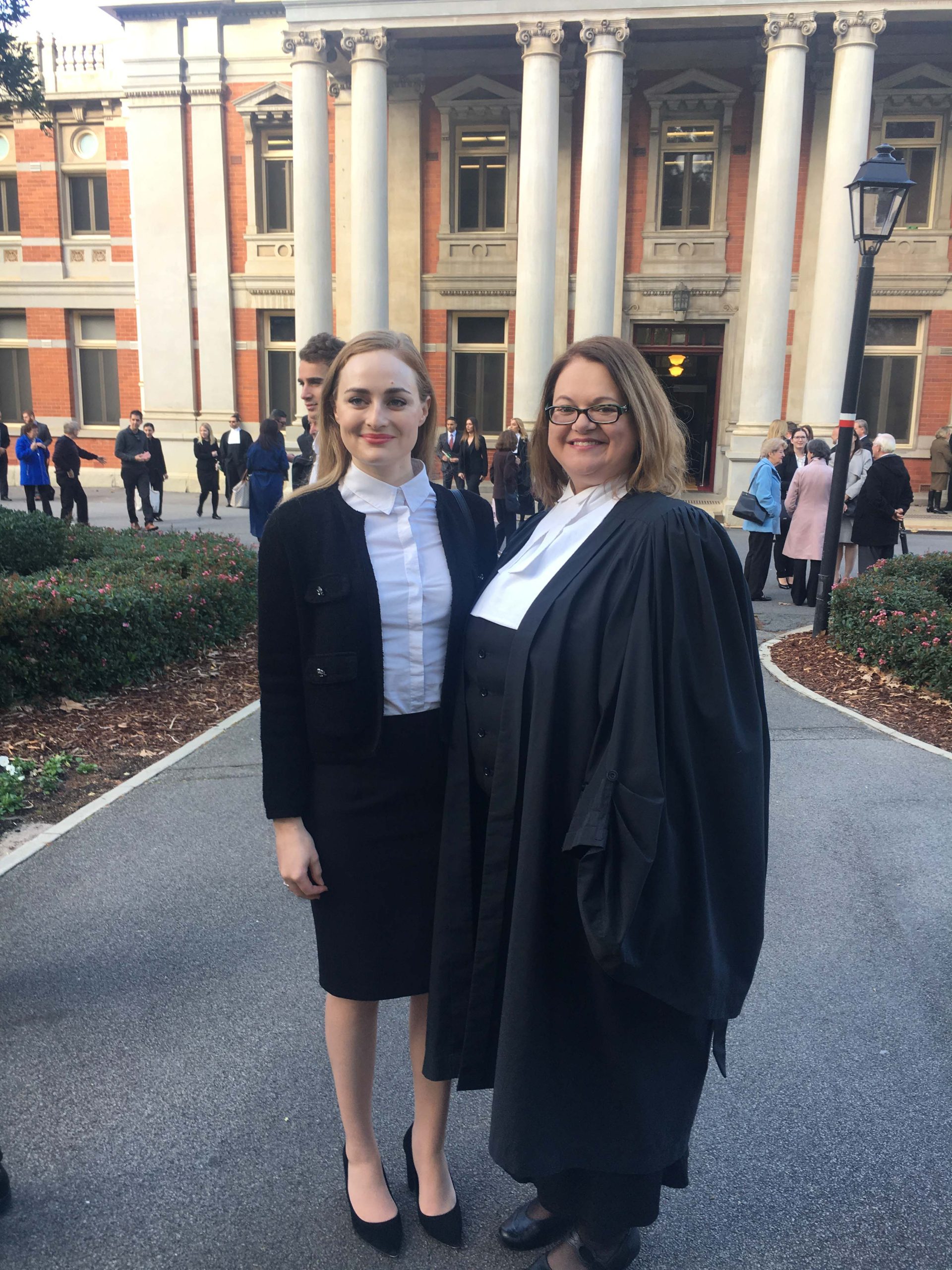Estate planning lawyers often come across Wills that have been tampered with by the original Will maker. This can include anything from staple holes, rust marks in the shape of a paperclip, attaching things to the Will with a mighty bulldog clip that leaves marks, and worst of all, crossing things out of the Will with a pen! People sometimes think that if they want to make a change to their Will, they can just do it themselves, but this is not the case. The issue with these mistakes is that they must be explained to the Court by the executor when applying for a grant of probate and failure to do so can lead to the Will being seen as invalid.
Why is it so important?
Staple holes, rust marks, or even a slight indentation on the Will from a bulldog clip, can imply that additional pages or documents, such as a codicil (a supplementary document to the Original Will that amends the original contents) could have at one point in time been attached then detached from the original Will. In a non-ideal and worst-case scenario, the presence of these marks on an original Will can invite interested parties to contest the validity of the Will and the intention of the Will maker.
Not only is there a risk that the validity of the Will can be challenged but it also provides issues for the executor when they are completing the grant of probate application. There essentially has to be an explanation provided to the Court by way of an additional affidavit called an “Affidavit of Plight & Condition & Finding”. The affidavit outlines the condition of the Will in the way which it was originally found by the executor, but it also covers the details of where the Will was located and an explanation, if any, of how the marks were made to the Will if known by the executor which can often be a difficult task. However, this affidavit can also be provided by any other persons who have knowledge about the Will and its condition and how they may have come about.
It is important to not attach or make any markings to an original Will because once you pass away, it is difficult to know what your true intention was, especially if you made markings on the Will with a pen. You may think that if you get into an argument with one of your family members and decide you want to take them out of the Will you can just cross them out of your Will with a pen, but this is not the right way to go about it.
How to preserve my Will in its original condition?
The simple answer is… do not mark it, do not attach anything to it, do not write on it and always keep your Will in a safe place where it won’t get damaged.
As a Will-maker, you have the responsibility to maintain the condition of your Will. When you sign your Will, it should be bound at the time of execution and then stored in a safe and secure location. This can either be in a safe at home or at a storage facility, often your lawyer will have a storage facility where you can securely keep your Will. Your executor should then be informed of the whereabouts of your Will so that they can find it with ease upon your death.
Once you store your Will, you should not unbind it, attach anything to it, mark it any way or do anything to it that may require an explanation later on. If you have done this, the best solution would be to seek legal advice and create a brand new Will, especially if you have made handwritten changes. It is often difficult to prove that those handwritten changes were made by the Will-maker.
For example, if you have a gift of $100,000 going to one the beneficiaries in your Will and you have a falling out, you may consider cutting this beneficiary out. For convenience and money saving, you cross out this $100,000 from your Will and think this will eliminate the gift automatically. However, that is not the case… It can be difficult to prove that you were the one that made this change and the beneficiary that was gifted the $100,000 can challenge the validity of the handwritten change and they may still be gifted this under the terms of the Will. This is why it is important to seek legal advice to ensure that your final Will covers the wishes you intended.
The Wills Act sets out the formal requirements for the signing of a will. It must be signed by the will maker in front of 2 adult witnesses and they must each put their signature on each page and all be present when that is done. If changes are made after this time then this formal requirement for a will is contravened and the informal will provisions of the Wills Act have to be relied upon and this can create uncertainty of the result.
So, next time you want to make a change – steer clear of making handwritten changes yourself. Do not attach anything to your Will as this could imply that there are additional documents that are missing and always store your Will in a safe place. If you are thinking about updating and changing your Will, now will be a good time to check the condition of your Will and seek legal advice from a professional lawyer.
About the Authors: This article has been co-authored by Ida D’Alonzo and Steven Brown. Ida obtained her Bachelor of Laws at Murdoch University in 2020, after graduating with a Bachelor of Criminology. Ida was admitted as a lawyer in 2022 and has worked in the Wills and Estates area since starting her career. Steven is a Perth lawyer and director, and has over 20 years’ experience in legal practice and practices in commercial law, dispute resolution and estate planning.


















